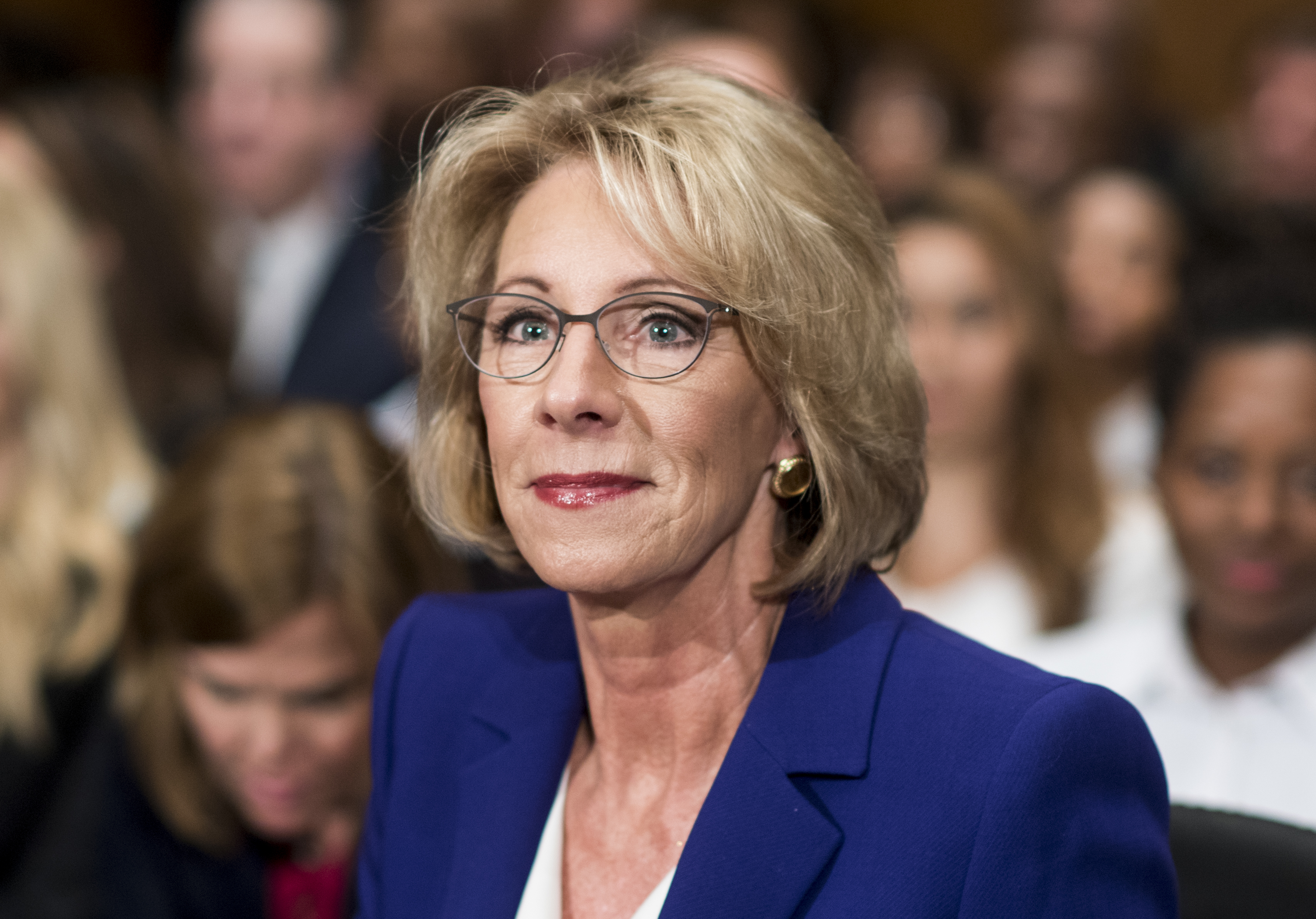Sixty-five years after one of the most monumental court cases of American history, the desegregation of academia and workplaces has sewed a new discourse into the fabric of American culture and paved the way for more socially progressive congressional legislation. Brown v. Board of Education marked the beginning of the 1960s Civil Rights Movement and the pursuit of fair treatment for all Americans without regard to their race, religion, creed, gender, or sexuality. Before Brown, marginalized Americans did not share the same rights, privileges, and protections as their more privileged counterparts. Segregationist policies often maintained wealth disparities and did not afford quality academic resources to schools in lower-income, predominantly African-American communities. Though important for advancing equality, it would take more than integration to reverse the deeply-rooted effects of segregation. Ruling segregation unconstitutional did not simply undermine segregationist policies in communities across the United States—but it gave Congress the power to create legislation to address institutional discrimination, which has had a significant role in maintaining de facto segregation. Congressional committees, primarily responsible for drafting and amending legislation, have played a pivotal role in shaping education and labor policy that would support the parameters founded in the Civil Rights Act of 1964, namely the House Committee on Education and Labor.
The U.S. House of Representatives Committee on Education and Labor was chartered anew by Democratic members in response to the wave of the social progressivism following the passage of the Civil Rights Act of 1964. This committee became a catalyst for advancing racial equality for minority Americans through the normal policymaking process. In compliance with this anti-discrimination act, it has helped shape education and labor policy by pushing diversity initiatives in public schools and implementing civil rights protections in the workforce. Moreover, and most importantly, legislation pushed by this committee often produces equitable means for equal access to academic and career opportunities. Though the means of attaining equal access has varied with both the Republican and Democratic control of the House, the committee has remained fairly consistent with its goal. As mentioned by the Department of Education, “equity in education [and work] is vital because equality of opportunity is a core American value” which members of the House Committee on Education and Labor, since the turn of the century, have worked to uphold.
In many cases, the absence of equity contributes to de facto segregation. The Department of Education featured a study which indicated that in eleven states, no African-American students took an Advanced Placement test for computer science, while in eight states, no Hispanic students took the exam. These exams are often unavailable or less accessible in schools that have few to no Advanced Placement courses, and few skilled teachers are available at these schools to teach the subject. This issue in secondary schools aligns closely with, and may contribute to, the lack of African-American and Latino representation in computer science related fields. At universities across the nation, white men comprise of 62% of computer science graduates. Additionally, on average, Black and Latino computer scientists make $14,000 less than their white co-workers, which could deter them from entering the field, making racial separation more evident. Though these disparities and lack of representation may not be caused by overt discrimination, which is illegal under the Civil Rights Act, it does not adequately reflect the diverse, integrated workforce advocated for by members of the Education and Labor Committee. In recognizing the limitations of the Congressional committee, some members have spread awareness of this issue by participating in public forums and summits that bring light to the problem. But, more importantly, members have put forth education initiatives that can address resource inequality in primary and secondary schools before students finalize their career path.
In 2015, members of the Education and Labor Committee passed a new piece of legislation to re-authorize and amend the Elementary and Secondary Education Act of 1965 (ESEA). Authored by Representative Carl D. Perkins (D-KY), ESEA broadened the ability of the federal government to take measures to promote equal access in the public education system. As a part of this act, the federal government was granted permission to allocate more funding to lower-income school districts comprised mainly of racial minorities, including African-Americans and Latinos. This act also played an important role in ensuring that post-secondary endeavors, specifically higher education and trade schools, were more accessible to a wider audience. ESEA, renamed as the Every Student Succeeds Act (ESSA) after being reinstated in 2015, has provided funding to public primary and secondary schools by labelling them as a Title I School. As of now, over $15.4 billion is allocated to Title I Grants which provide lower-income schools with the resources necessary to prepare their students for higher education and their chosen career path. Members of the Education and Labor Committee not only pioneered this initiative, but has worked to sustain these policies and programs for decades following desegregation.
The House Committee on Education and Labor has shaped and pushed legislation that has made academic institutions and workplaces more diverse and inclusive for Americans of different ethnic, religious, and economic backgrounds and gender identities. The landmark civil rights ruling of the twentieth century created the avenue necessary to address racial and economic inequality, and the intersection of the two, more effectively. That being said, it is important to note that diversity and inclusion initiatives are only the starting point to address centuries of an exclusive, oppressive governmental system. Even so, members of this committee, including current Chairman Bobby Scott, have expressed their dedication to encouraging academic and work institutions to embrace and finance the contributions and perspectives of traditionally marginalized Americans.
